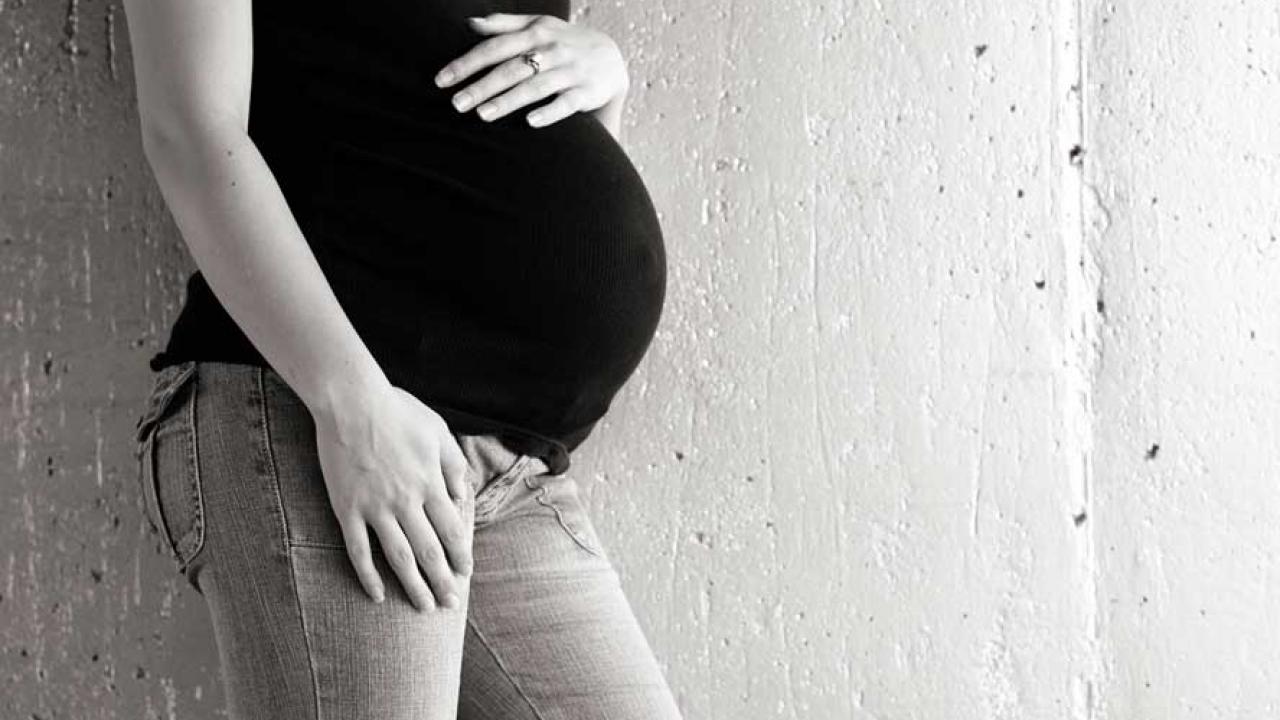Blog post by Hayley Morris
Adolescent mothers often fall through the cracks of educational programming. This is highly problematic given that globally an estimated 12 million girls between the ages of 15 and 19, and 777,000 girls under the age of 15, give birth each year, researchers said in a recent paper.
In populations affected by conflict and displacement, adolescent girls have an increased likelihood of becoming mothers because of disruptions to schooling, the loss of family members, poverty, gender-based violence, and poor access to healthcare and sexual and reproductive services and resources. There is a lack of support programs for these young mothers, and a continuing need for educational programming.
University of California, Davis, and affiliated researchers at New York University explore this in a new paper, A Bioecocultural Approach to Supporting Adolescent Mothers and their Young Children in Conflict Affected Contexts, published in the journal Development and Psychopathology. Authors include NYU Global TIES for Children researchers Alice J. Wuermli and Hirokazu Yoshikawa, and affiliate Paul D. Hastings of UC Davis.
They propose a developmental, two-generational framework to guide the design of research and policies that better address the needs of adolescent mothers and their children in contexts of conflict and displacement.
Adolescent pregnancy and motherhood cause high levels of stress that influence the development of brain regions associated with cognitive, social, and emotional regulatory functioning and learning in both the mother and the unborn child with potential intergenerational consequences for health and development.
“The neurobiological effects of stress on pregnant adolescent girls have implications for prenatal development, may have detrimental effects on the adolescent mother’s health and wellbeing, and affect her ability to cope and provide nurturing care,” said Wuermli. “High levels of stress prenatally and the first couple of years of a baby’s life can have life-long consequences. Adolescent motherhood in high-risk contexts, absent culturally grounded support systems and opportunities for peer engagement and leadership, may likely perpetuate an intergenerational cycle of poverty and poor developmental outcomes.”
Successful programs to improve adolescent mental health and livelihoods suggest several principles that might be considered in programs for adolescent mothers, the authors found. These include emphases on peer support, community mentorship and engagement, the inclusion of life skills and coping into livelihoods training, and recognition of the larger household dynamics experienced by youth at home. Youth-led approaches combined with in-depth eco-cultural investigations of social norms and local idioms of distress and resilience, yield potential for substantial and meaningful impacts on the lives of families and communities.
Because adolescence demarcates a protracted period of neural maturation that persists into the third decade of life, it also offers an opportunity for interventions to “reverse” the vestiges of earlier life stress and redirect the developmental trajectory for the better, researchers said.
Access the full article from Cambridge University Press here.
